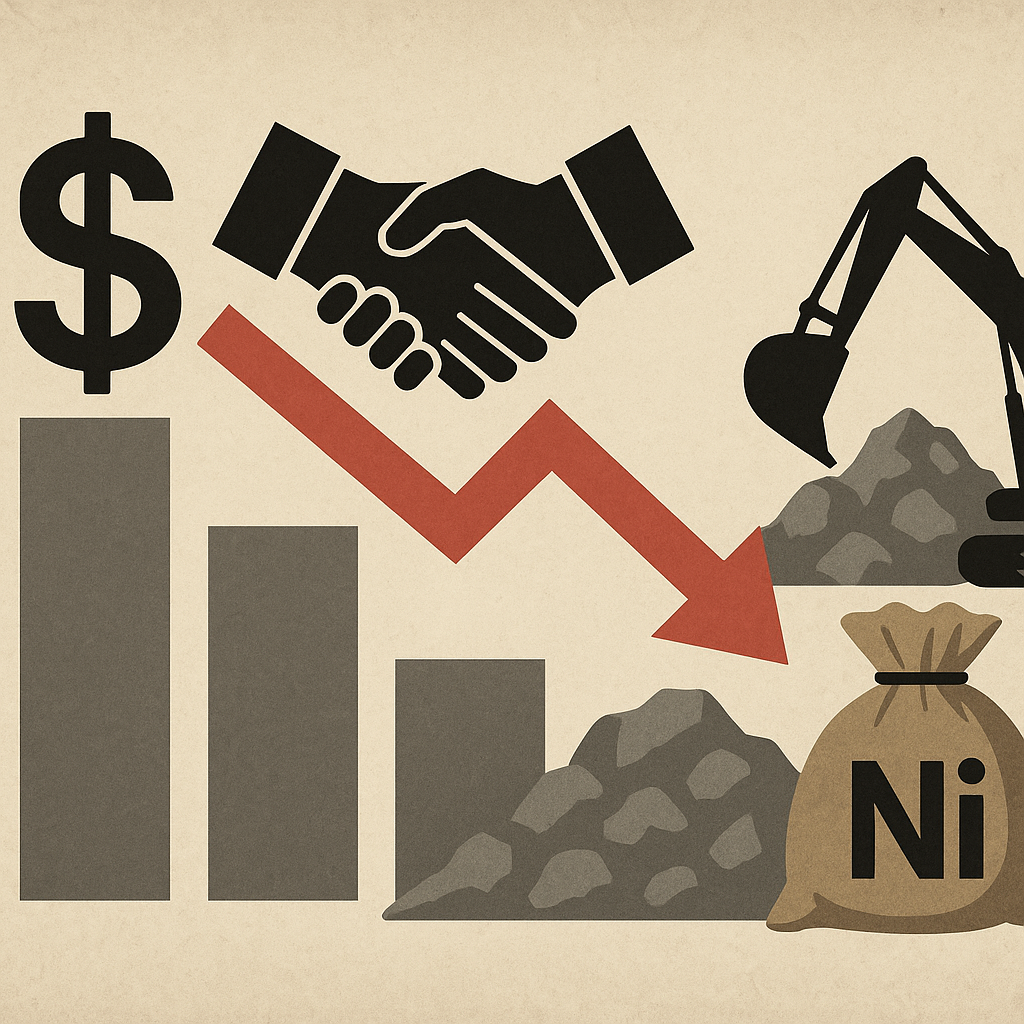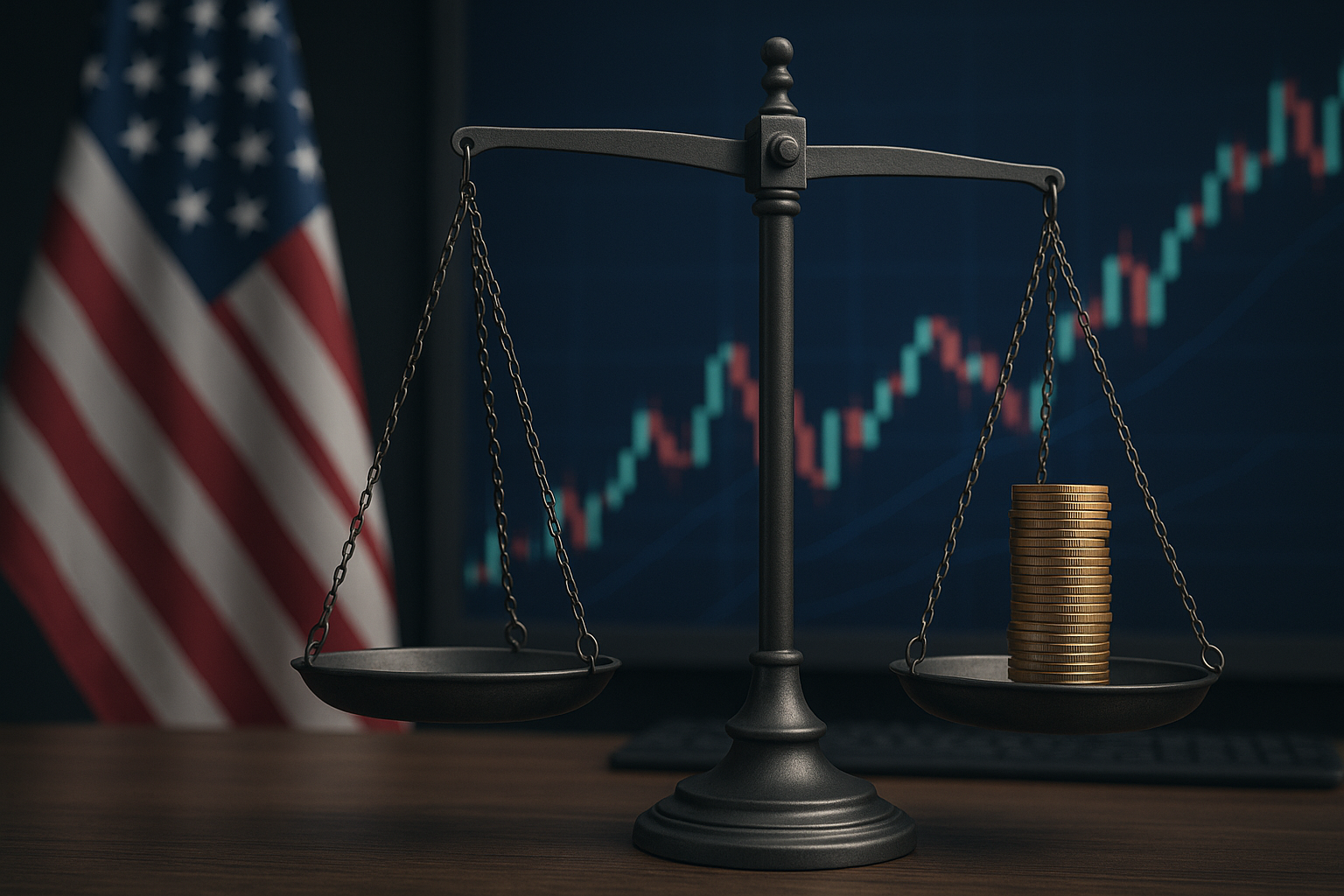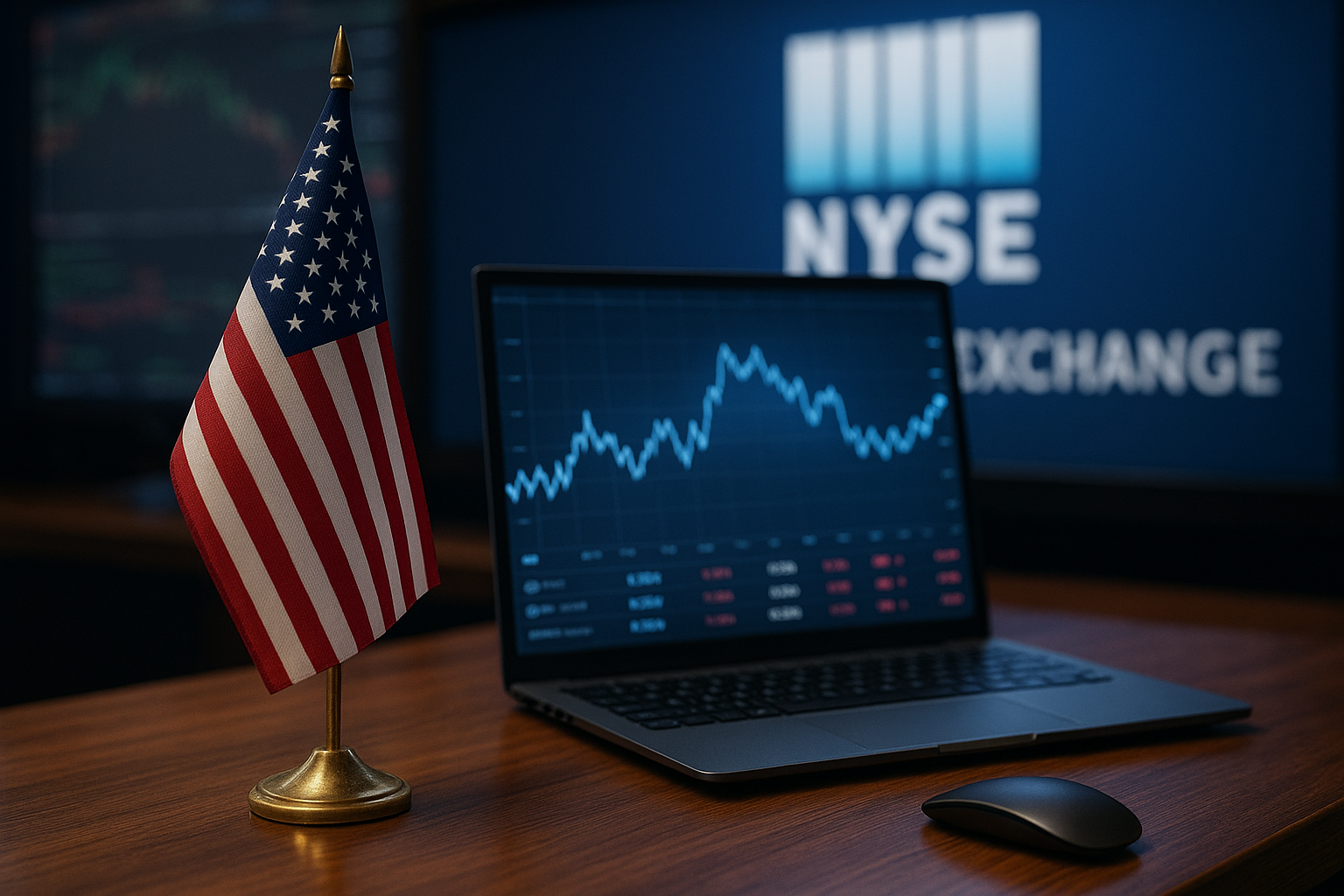In a notable pivot, BHP Group has exited its $2.5 billion investment in Tanzania’s Kabanga Nickel project, selling its 17% stake to Lifezone Metals for up to $83 million. While the move may seem modest in financial terms, it’s sending ripples through global metals markets—and sparking critical questions for investors watching the future of battery metals and the broader nickel supply chain.
With the global nickel market grappling with oversupply and falling prices, this decision by one of the world’s largest mining companies is more than just a portfolio adjustment. It’s a bellwether for shifting industry dynamics, as majors reconsider their exposure and juniors step into the vacuum.
The Strategic Exit Heard Across the Mining Sector
BHP’s stake in the Kabanga Nickel project—one of the world’s most promising undeveloped nickel sulfide deposits—was originally seen as a long-term bet on the electric vehicle (EV) revolution. The project aims to eventually produce 50,000 metric tons of nickel annually, with a six-year timeline to full production.
But according to a July 21 report by Reuters, BHP is offloading its position to Lifezone Metals (NYSE: LZM), which will now control 100% of the venture. The deal includes an initial $50 million payment and potential performance-based payouts totaling $83 million.
The move comes as global nickel prices have dropped nearly 40% over the past year, driven by surging Indonesian output and slower-than-expected EV battery demand in key markets like China and Europe. In fact, the London Metal Exchange (LME) benchmark nickel price is trading near its lowest level in three years.
BHP’s quiet retreat suggests that even resource-rich giants are recalibrating amid oversupply, rising costs, and increasing environmental scrutiny.
Why This Matters for Investors
For institutional and retail investors alike, BHP’s exit is a signal—not just of declining short-term nickel profitability, but of the market’s changing structure. The global nickel narrative has shifted from constrained high-grade supply to looming glut.
This has critical implications:
- Junior miners and mid-tier companies may now find acquisition opportunities or partnerships as majors scale back. Lifezone’s full acquisition positions it for potential upside should demand and pricing stabilize.
- Battery metals ETFs and funds exposed to nickel could underperform in the short term if oversupply continues to depress margins across the industry.
- BHP’s divestment could hint at an internal pivot—possibly toward more profitable copper, uranium, or iron ore assets, where price fundamentals look stronger.
“Nickel’s long-term EV-linked demand story remains intact,” said analyst John Meyer from SP Angel in a recent note. “But in the near term, there’s pain. Only the leanest operations will survive, and juniors with lower capex exposure may benefit from today’s valuations.”
Future Trends to Watch
Despite the bearish short-term environment, several trends could reshape the landscape:
- Environmental regulations: As ESG mandates grow, high-pressure acid leach (HPAL) and high-carbon nickel production methods are coming under pressure, potentially reducing future supply.
- EV and battery growth: Long-term demand remains underpinned by energy transition goals, particularly as Western automakers seek non-China sources of critical metals.
- Strategic alliances and M&A: With prices down, we may see increased M&A in the space, as cashed-up juniors and opportunistic investors look for distressed assets or low-cost entry points.
Additionally, Tanzania’s resource nationalization tendencies and infrastructure challenges add layers of geopolitical and operational risk, which likely contributed to BHP’s cautious stance.
Key Investment Insight
BHP’s withdrawal is not a death knell for nickel—but it is a warning shot. Investors should expect continued price volatility and project delays in the nickel sector. However, this opens a window for niche players like Lifezone Metals (LZM) and other juniors with cleaner extraction technology or stronger balance sheets.
If you’re investing in battery metals, consider rebalancing toward more diversified exposure or selectively backing miners with low production costs and government-aligned strategic assets.
Stay ahead of every market-moving development with MoneyNews.Today—your trusted source for investor-focused analysis, actionable intelligence, and daily sector insights across commodities, geopolitics, tech, and beyond.





